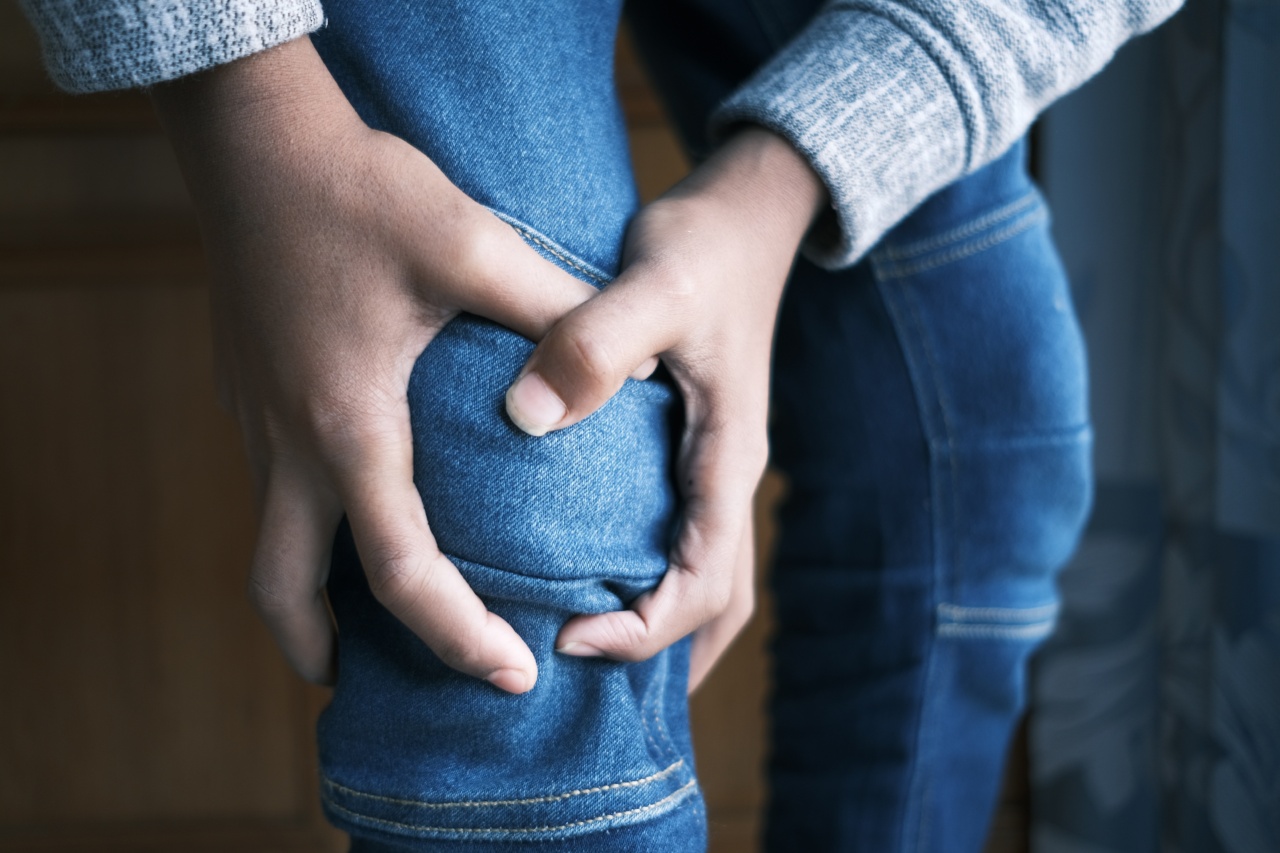Knee osteoarthritis is a chronic condition that results in damage to the cartilage that cushions the knee joint. This can result in pain, stiffness, and decreased mobility.
While there is no cure for knee osteoarthritis, there are many management techniques that can help reduce pain and improve quality of life. In this guide, we will explore some of the most effective ways to manage knee osteoarthritis.
Exercise
Exercise is a critical component of managing knee osteoarthritis. While it may seem counterintuitive to engage in physical activity when you’re experiencing joint pain, regular exercise can help reduce pain and improve joint function.
Low-impact exercises, such as walking, cycling, or swimming, are ideal for individuals with knee osteoarthritis. These activities help strengthen the muscles that support the knee joint, reduce inflammation, and improve overall mobility. Strength training exercises that focus on the quadriceps, hamstrings, and glutes can also be beneficial.
Always consult with your doctor or physical therapist before starting any exercise program.
Lifestyle Changes
There are also many lifestyle changes that can help manage knee osteoarthritis. Maintaining a healthy weight is especially important, as excess weight puts additional stress on the knee joint.
Eating a healthy diet, getting enough sleep, and reducing stress can also help reduce inflammation and improve overall joint health.
Pain Management
There are many over-the-counter and prescription pain medications that can help manage knee osteoarthritis pain. Nonsteroidal anti-inflammatory drugs (NSAIDs) such as ibuprofen or naproxen can help reduce inflammation and pain.
Acetaminophen can also be effective for pain relief. In some cases, topical creams or gels that contain capsaicin or menthol can help numb the area and reduce pain. Steroid injections may be recommended in more severe cases. Always talk to your doctor before taking any medications.
Physical Therapy
Physical therapy is another effective way to manage knee osteoarthritis. A physical therapist can help develop an individualized exercise program that can help improve mobility and reduce pain.
They can also show you how to use assistive devices, such as canes or braces, to help reduce stress on the knee joint. Physical therapy can help improve overall joint function, making it a valuable tool in managing knee osteoarthritis.
Assistive Devices
Assistive devices, such as braces or canes, can also be effective in managing knee osteoarthritis. Knee braces can help provide support and reduce pain, while canes can help take some of the weight off of the knee joint.
If you’re considering using an assistive device, talk to your doctor or physical therapist to determine which device is right for you.
Surgery
In more severe cases, surgery may be necessary to manage knee osteoarthritis. Knee replacement surgery involves replacing the damaged joint with an artificial joint.
This surgery can help reduce pain and improve mobility, but it is a major surgery and should only be considered after other management techniques have been exhausted.
Alternative Therapies
There are also many alternative therapies that some people find helpful in managing knee osteoarthritis. Acupuncture, massage, and yoga are all popular choices.
While there is little scientific evidence to support the effectiveness of these therapies, some people find them to be a helpful complement to traditional management techniques.
Conclusion
Knee osteoarthritis is a chronic condition that can be frustrating and painful, but there are many management techniques that can help reduce pain and improve quality of life.
Exercise, lifestyle changes, pain management, physical therapy, and assistive devices are all effective tools in managing knee osteoarthritis. In more severe cases, surgery may be necessary. Alternative therapies can also be a helpful complement to traditional management techniques. Always talk to your doctor before starting any new treatment.





























